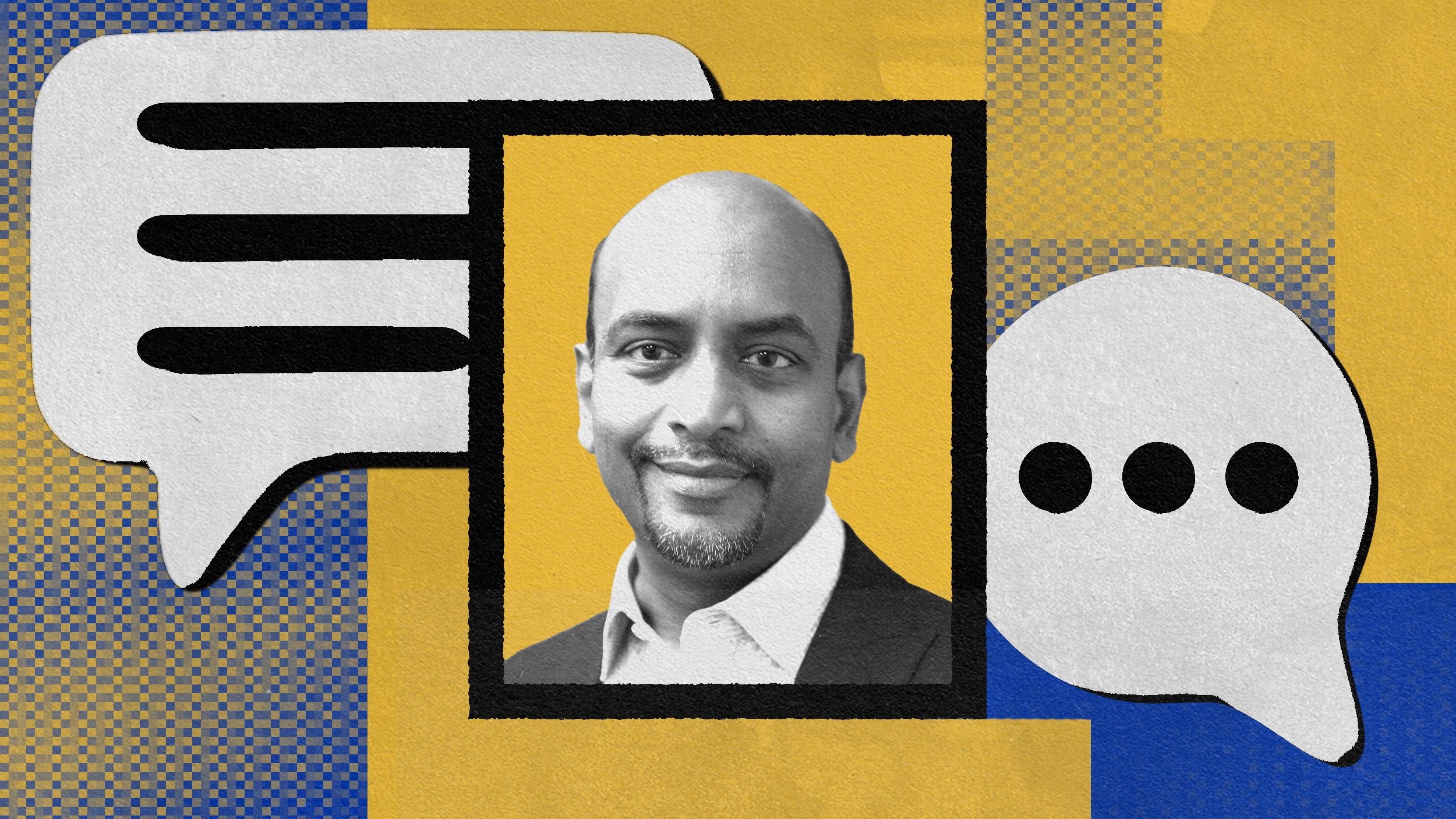The power of peer coaching (and how to do it well)

The nature of work is continuously evolving, but never has the pace of change been as rapid as it has been over the last couple of decades. The shutdowns that occurred early in the COVID-19 pandemic precipitated a major shift from physical to virtual workplaces.
At the same time that remote work is gaining favor for a host of financial and personal reasons, organizations are dealing with change on nearly every front — new technologies, the economic environment, fallout from the Great Resignation, and more.
In the face of these major changes, peer coaching can play an important role in building a resilient, high-performing organization, while allowing remote workers a chance to connect and engage with one another from afar.
What is peer coaching?
A peer coaching relationship consists of colleagues on the same level in terms of experience and position who are committed to helping each other by sharing insights, feedback, and best practices. Many organizations bring in outside professional coaches to help cultivate leadership skills among senior leaders, but executives aren’t the only employees who can benefit from coaching.
Alyse Nelson, CEO of Vital Voices — a nonprofit that focuses on the empowerment of women leaders worldwide — has said that, “Emerging leaders need mentors to guide them, but they also need a network of peers to reassure them that they are not on the path alone.” Among the organization’s most impactful programs are its international peer-to-peer exchanges providing “structured, non-hierarchical interactions that facilitate peer-to-peer learning.”
Peer coaching shares some practices with mentoring programs that pair experienced employees with junior ones for professional development. But mentoring is essentially a one-way relationship between individuals on different hierarchical levels. Peer coaching, on the other hand, is entirely two-way, with participants on roughly the same organizational level equally giving and receiving to help each other grow.
Peer coaches equally give and receive to help each other grow.
Jill Hauwiller, a member of Forbes Coaches Council, describes peer coaching as: “small groups of selected employees from across the organization coming together to learn from one another and coach each other through current work challenges.”
Peer coaching can consist of pairs, triads, or small groups of participants (Hauwiller recommends cohorts of six) that meet in-person or remotely. Sessions typically begin with goal-setting and end with action planning. Discussions may be structured around answering a few key questions, such as:
- What do we want to accomplish during this session?
- What have we learned from this session?
- What next steps will we take?
Sessions can address organizational issues, obstacles individual participants are grappling with, specific skill development priorities, or just about anything else that interests the participants.
The benefits of peer coaching for individuals and organizations
Though the mechanics of peer coaching programs can vary greatly, implementing and sustaining a peer coaching initiative yields substantial benefits for both employees and their organizations:
- Participants in peer coaching gain an outside perspective of their own performance and receive accountability, better equipping them to succeed as individuals.
- The cross-functional relationships formed in peer coaching programs create a support network that participants can rely on to help them solve problems and achieve goals.
- Participants feel more connected to and engaged with their colleagues, gaining insight into diverse perspectives they might not have otherwise had access to.
- Peer coaching helps develop skills that lead to greater efficiency and productivity. Participants share solutions and work practices that can be applied to improve performance throughout the organization.
- Peer coaches learn to collaborate and communicate effectively with one another, and that becomes their norm in interactions with other colleagues.
- Participants learn to give and receive feedback in a constructive manner, which can carry over into their team and department, leading to quality improvements all around.
- They build confidence and leadership skills, such as empathy and social awareness, giving them upward mobility and enabling the organization to develop future leaders from within.
Leadership has never been more important for organizations than it is now, and peer coaching is an effective way to help today’s rising talent become tomorrow’s great leaders. Peer coaching helps employees learn a great deal about themselves, and as they become more self-aware, they develop the emotional intelligence needed to lead individuals and teams.
Ways to implement peer coaching
There isn’t one specific approach to peer coaching that’s guaranteed to yield the full range of potential benefits for employees and organizations. Some organizations encourage and support peer coaching without establishing a specific process for making it happen. In many of these cases, peer coaching is an inherent aspect of a team’s culture and occurs organically during all team interactions.
Ideally, with or without a formal program, peer coaching becomes ingrained in an organizational culture.
Other organizations implement a more formal structure, with defined requirements for serving as a peer coach and sessions held on a regular schedule. For example, the Washington State Department of Social and Health Services has implemented an approach to peer coaching that it describes as, “a flexibly structured process that allows peers to become a resource to each other to help them achieve their full potential through regularly scheduled discussions and activities.”
Many K-12 schools have peer coaching programs that bring teachers together within their respective departments to provide feedback based on observations of their colleagues’ classroom performance. These sessions provide opportunities for professional growth and problem-solving around common challenges. A similar approach is used in the development of nursing staff and other healthcare professionals.
Ideally, with or without a formal program, peer coaching becomes ingrained in an organizational culture. If learning and development staff choose to advocate for an organization-wide peer coaching initiative, they must also develop the necessary skills and mindsets to support it. For example, L&D should provide training and tools for giving and receiving feedback.

The importance of learning how to give and receive feedback
Accepting feedback gracefully and changing behaviors accordingly does not come naturally to most of us. We tend to equate even well-intentioned feedback with personal criticism and we’re often reluctant to ask for feedback on our work performance. That may be because in past experiences, feedback hasn’t been presented in the most effective way.
Peer coaching is entirely dependent on the free and open exchange of actionable feedback, so in order for it to work, all parties must feel safe and have each other’s best interest at heart. Knowing that all partners in the peer coaching relationship are committed to each other’s psychological safety creates a climate of trust and support that encourages openness.
In the clip below, Alisa Cohn — executive coach and author of From Start-Up to Grown-Up — shares a few suggestions for how to give constructive feedback.
In addition to learning how to give feedback, developing capabilities like collaboration, problem-solving, and active listening are key. Cross-functional knowledge sharing sessions of any sort — town halls, forums, project post-mortems, and so on — provide opportunities to exercise these skills further.
Guidelines for a successful peer coaching program
Given the right environment, leaders emerge and reveal their potential. Peer to peer coaching helps create a culture where that can happen. Here are five additional best practices for implementing peer coaching that don’t prescribe a particular program structure or methodology.
- Establish a process for identifying peer coaching participants — perhaps one that is tied to the development of talent with leadership potential.
- Provide onboarding for participants who are new to the peer coaching process. Understanding the opportunity and developing an appropriate mindset will maximize the benefits they gain through participation.
- Consider having a group facilitator, at least initially, to help in setting expectations and ground rules. With time, groups can become self-directed and self-sustaining.
- Instill a commitment to confidentiality among participants to create a risk-free, nonjudgmental, and psychologically-safe environment for peer coaching.
- Create opportunities for peer coaching groups to share accomplishments with their primary teams and beyond to demonstrate the value of this development opportunity.
- Place an end date on each round of peer coaching, to provide a window for evaluating and improving the program before beginning again with a new cohort. One measure of a program’s success is the extent to which employees continue to apply the skills developed once they’re no longer active participants.
Finally, should organizations choose to implement a peer coaching program, it should be a priority. When given the time and resources required to do it well, peer coaching can have great impacts employee engagement and organizational success.





